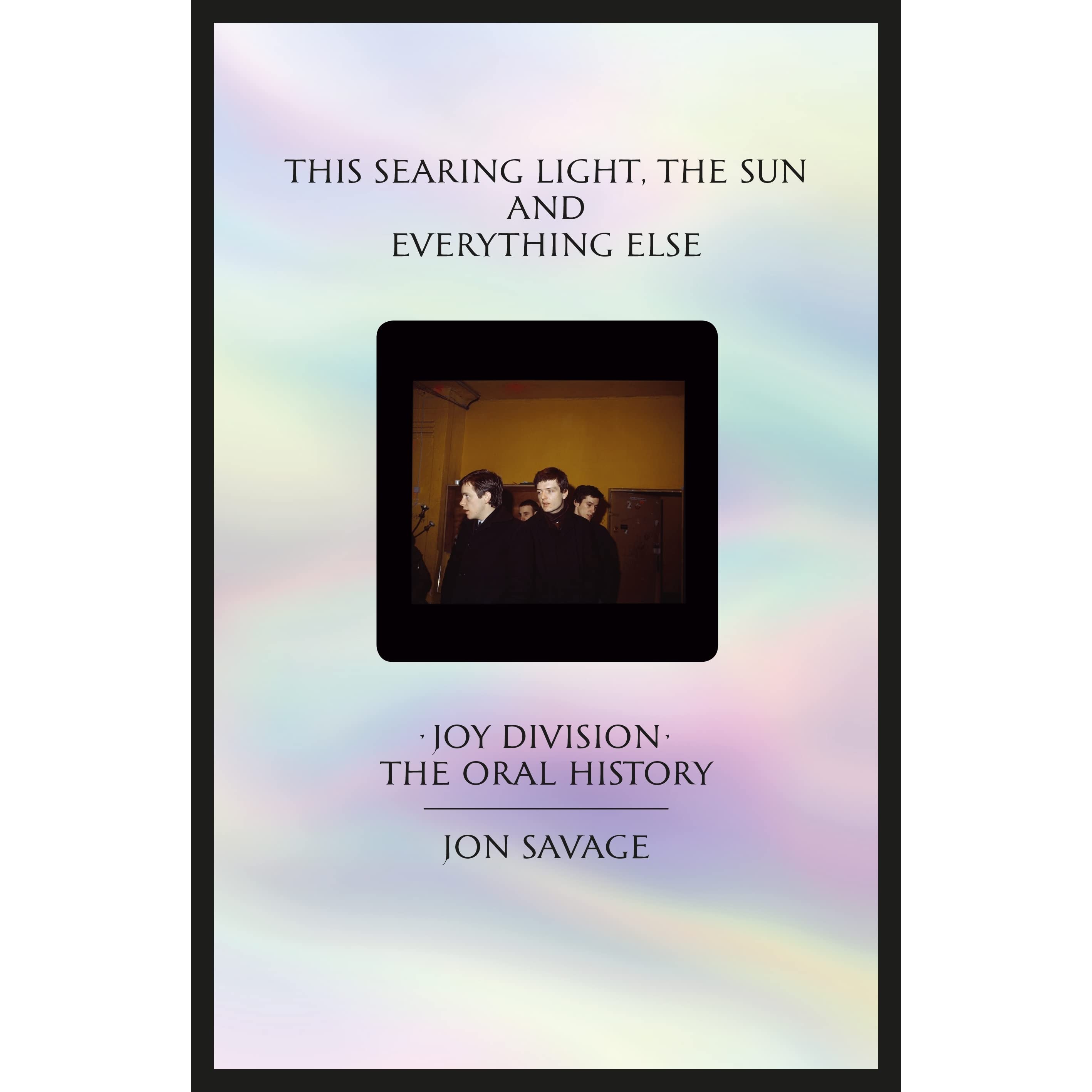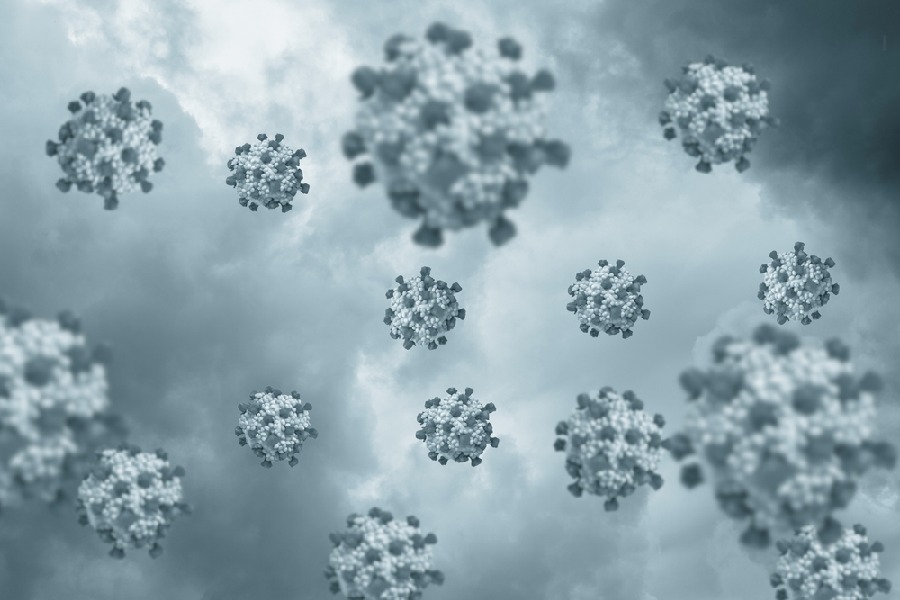Book: This Searing Light, The Sun and Everything Else: Joy Division: The Oral History
Author: Jon Savage
Publisher: Faber & Faber
Price: £20
What else is there to add to the story of Joy Division? Much has already been written about the band that pioneered post-punk; everyone likely knows about the golden 1970s, the city of Manchester in its post-war, post-industrial devastation, the band’s crazy-genius producer, the dilapidated warehouse where they practised, their recorded legacy that amounted to two full-length studio albums and, of course, the suicide of their singer, Ian Curtis, in 1980, less than three years after it all began. Memoirs, biographies and films chronicling all of this already exist. Can a story, thus, be told too many times?
It would seem not, if Jon Savage’s This Searing Light, the Sun and Everything Else is anything to go by. The British music journalist had always wanted to write a book on Joy Division. But the motivation for this book — subtitled Joy Division: The Oral History — is easier to identify. Savage was an assistant on Grant Gee’s documentary film, Joy Division (2007); he knew exactly how much material had been discarded in the editing process. Curtis may have been long gone, but there were in-depth interviews with the remaining members of the quartet — Bernard Sumner (guitar), Peter Hook (bass) and Stephen Morris (drums) — as well as material Savage had collected over 40 years. Moreover, oftentimes, the most engaging storytellers are those who are at a remove from the subject matter — involved, perhaps, in some way, but not the central characters. This is certainly true of This Searing Light, as the most comprehensive and essential book on Joy Division thus far had been Touching From A Distance, written by Curtis’s wife, Deborah. Narrated from the perspective of a young wife watching with helplessness as her husband’s life and their marriage unravel and a myth about their realities emerges, Touching From A Distance did an important job of dispelling any unhealthy romanticization of Curtis’s tragic end; significantly, the Foreword was written by Savage, who would later work with Deborah again on So This Is Permanence, a compilation of Curtis’s haunting lyrics. As a result, This Searing Light feels like a definitive account of one of the most exciting and influential musical acts of the post-punk era.
And what a fascinating narrative it is. Joy Division fans will revel in the intimacy of the anecdotes, many of which are seeing the light of day for the first time. It was especially interesting to read the numerous accounts from Hook, Sumner and Morris, highlighting the crests and troughs that the teenagers and young adults experienced during their meteoric rise after being inspired by the Sex Pistols’ notoriously mediocre 1976 show in Manchester. Savage’s choice of quotes also brings to life the boys’ youthful vigour and naiveté as they held down boring day jobs, drank beer and started out as largely incompetent musicians. (In Sumner’s words, “learn three chords, write a song, form a group, that’s it”.) Savage, to his credit, does not tiptoe around the band’s flirtation with fascist and Nazi imagery — ‘joy divisions’ were brothels in Nazi concentration camps where women prisoners were forced to work, and the band’s name is a reference to one such in Auschwitz. The music writer, Bob Dickinson, said, “[Joy Division] were haunted by the ghosts of Nazism and by what it did to Europe”.
Readers are also pulled into stories of deep regret and loss, as each of the remaining members looks back on his failure to pay proper attention to Curtis’s growing physical problems and mental illness. As the band’s success skyrocketed, the lead singer’s epileptic seizures grew more frequent — often mid-performance — and his personal life fell apart. And yet, no one, not even Tony Wilson — the founder of Factory Records, the band’s guiding force and de facto adult — stepped up to stop the relentless touring and live performances, a decision that might have saved Curtis’s life. (Hook says, “There were no adults... Ian told us he was all right, and we believed him. I don’t know what else you’re supposed to do at 21”.) The responsibility for the tragedy, thus, is collective, and the books bears the sense of a reckoning that is shared.

This Searing Light, The Sun and Everything Else: Joy Division: The Oral History by Jon Savage, Faber & Faber, £20 Amazon
Manchester, of course, plays a vital part in this story. It does mirror the histories of many British cities through the post-industrial 1970s, but it was interesting to learn in detail about this one’s fall into an existence of “concrete gulags”, as Savage puts it. The emergence of the Factory scene — think The Durutti Column, A Certain Ratio and Crispy Ambulance — on its own would count as a moment of musical and historical significance, contributing even more to the idea of the late 1970s and early 1980s as a golden era. Moreover, Savage reminds readers that apart from Joy Division, Manchester was also home at the time to The Buzzcocks and The Fall — a rather impressive line-up.
Most significantly, readers get to hear from a number of important figures who have been long dead. The most constant presence is that of Wilson, who passed away in 2007 (in fact, Savage took the name of this book from a quote by Wilson). Martin Hannett — Factory’s house producer and transformer of Joy Division’s sound in the studio — who died in 1991, also figures prominently. Then, of course, there is Curtis himself, brought to life from a number of previous interviews. Oral histories by themselves can often be problematic, mainly when the author allows his subjects to blithely discredit the memories of others, or when the focus shifts from historical recollections to the settling of personal scores and the airing of festering grudges.
Savage, however, has been in the business of writing about music far too long to allow such prurience any place in his book. His readers will only get the core of the Joy Division story and the feelings and decisions that gave it its final shape. As a crucial retelling of a familiar tale, This Searing Light focuses incisively on the band’s afterlife; but more importantly, it drives home the fact that the creation of such an enduring legacy was really a fleeting moment in time.










